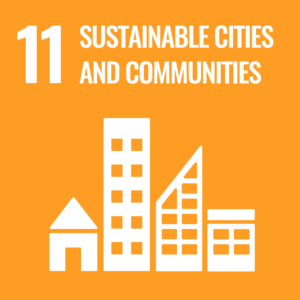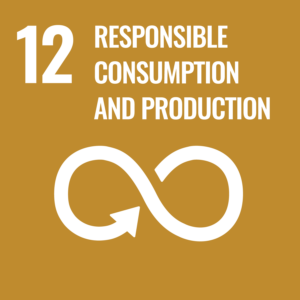 Sustainable mobility: objectives, incentives and prospects.
Sustainable mobility: objectives, incentives and prospects.
What is Italy doing to promote sustainable mobility?
The mobility sector is one of the most polluting in Italy. According to the MobilitAria 2022 report, greenhouse gases in transport grew by 3.9% between 1990 and 2019. Also, cities still show a growth trend. Now, developing sustainable mobility should be a priority.
Consequently, Italy has implemented the European Union directives to reduce emissions by 2035. The Ministry of Sustainable Infrastructure and Mobility (MIMS) and the Ministry of University and Research (MUR) are working together to achieve the European objectives set out in the Green Deal.
Italy’s objectives are calibrated to those of Europe. They aim at reducing the environmental impact of the mobility sector. In other words, they focus on lowering urban emissions and introducing innovative batteries. Besides, Italy is trying to decrease the cost of alternative energy fuels. First of all, by introducing innovative charging systems.
The objectives are structured and defined. Even so, Italy has not yet developed the production and sales system necessary to achieve them.
But first, let’s consider the current situation in Italy. Which policies are being implemented to reduce emissions? Which is the number of electric and hybrid vehicles? The incentives and the development of the country’s charging infrastructure network.
European directives
The European Union has reached an agreement on the ‘Fit for 55’ green climate package. The ‘Fit for 55’ is a set of proposals to revise and update EU legislation. To clarify, the package of proposals aims at a 100% reduction in CO2 emissions by 2035. It is for new cars and vans, with the sale of petrol and diesel cars stopped by 2035.
Moreover, Germany has proposed to register only vehicles using climate-neutral fuels. Starting from 2035. Currently, present hybrid cars cannot achieve the target. The majority of manufacturers believe that the choice of synthetic fuels is not a realistic possibility. Mainly because of the prohibitive costs.
How many electric vehicles are there in Italy?
Italy cannot keep up with other European countries in the number of registrations of electric cars. The international automotive market has been evolving for several years now. Thus, zero-emission cars are increasing in Europe.
According to a study by the Association of European Car Manufacturers (Acea), in the second quarter of 2022, the share of electric cars in Europe reached 9.9% of the total. Plug-in hybrid models are also growing: in the same period, they reached 8.7% of the total. Full and mild hybrid cars hold 22.6% of the overall market.
While, the values in Italy are quite negative. There is a -19.6% of registrations of electric cars in the first quarter of 2022. Meanwhile, European countries recorded large increases. In Spain registrations of zero-emission cars grew by 7.2%, and in France by 2.7%. In Italy, sales of plug-in hybrid models are also down 6.9% compared to last year.
Which are the causes? First, is the microchip crisis that has involved the entire world economy. Second, the long waits for the delivery of newly registered cars. Finally several shortcomings at the structural and programming level.
State incentives in Italy
The Ministry of Economic Development (Mise) has allocated incentives to relaunch electric mobility. First of all, there are incentives of 50% for those people with a low income. This bonus would make it more convenient to buy an electric car. A vehicle that now still has prohibitive prices.
Network charging facilities
Research by Acea shows that the number of charging stations in Italy is still far from the targets imposed by the EU. Currently, just two nations retain half of all the charging stations. The Netherlands and Germany.
Moreover, Acea highlights that by 2030 up to 6.8 million public charging points would be needed to keep up with the CO2 reduction targets. There are currently about 307,000 of them. Thus, we expect the network to grow more than 22 times in less than 10 years.
In Italy, there are about 23,000 charging stations. This number has increased compared to previous years. Yet, it is still far from the numbers of the countries that occupy the first place (The Netherlands 90,000 and Germany 60,000).
To support the sector, the Mise (Ministry of Economic Development) wants to increase the number of charging stations. For this reason, they created a bonus for buying power infrastructure. It aims at encouraging the creation of charging points in condominiums.
In conclusion, Italy has implemented European Union directives. The objectives are structured and defined. However, Italy has yet to develop a production system and an adequate market to achieve the objectives set.
Are you curious to have more insight into the Italian electric vehicle market? The Green Logistics Expo is an interesting opportunity to get to know the main players, both Italian and international. It will take place in Padova, Italy (5-7 October 2022).
Proaxxes will be present at the fair, contact us to set up an appointment!
 Sustainable mobility: objectives, incentives and prospects.
Sustainable mobility: objectives, incentives and prospects.








